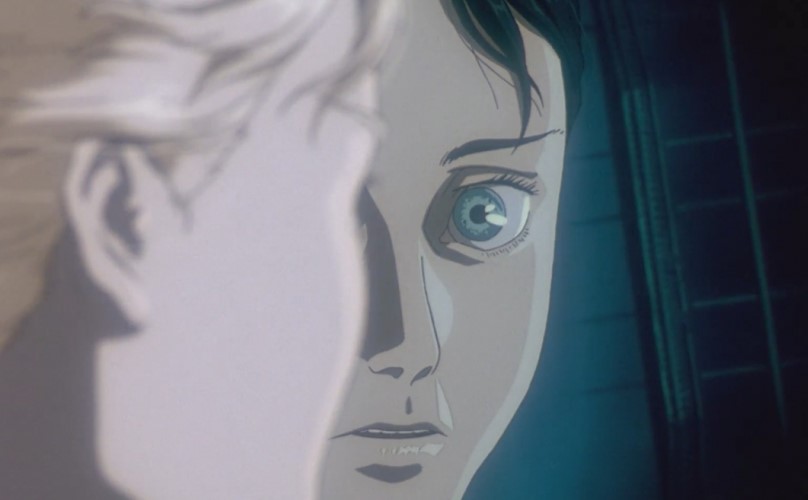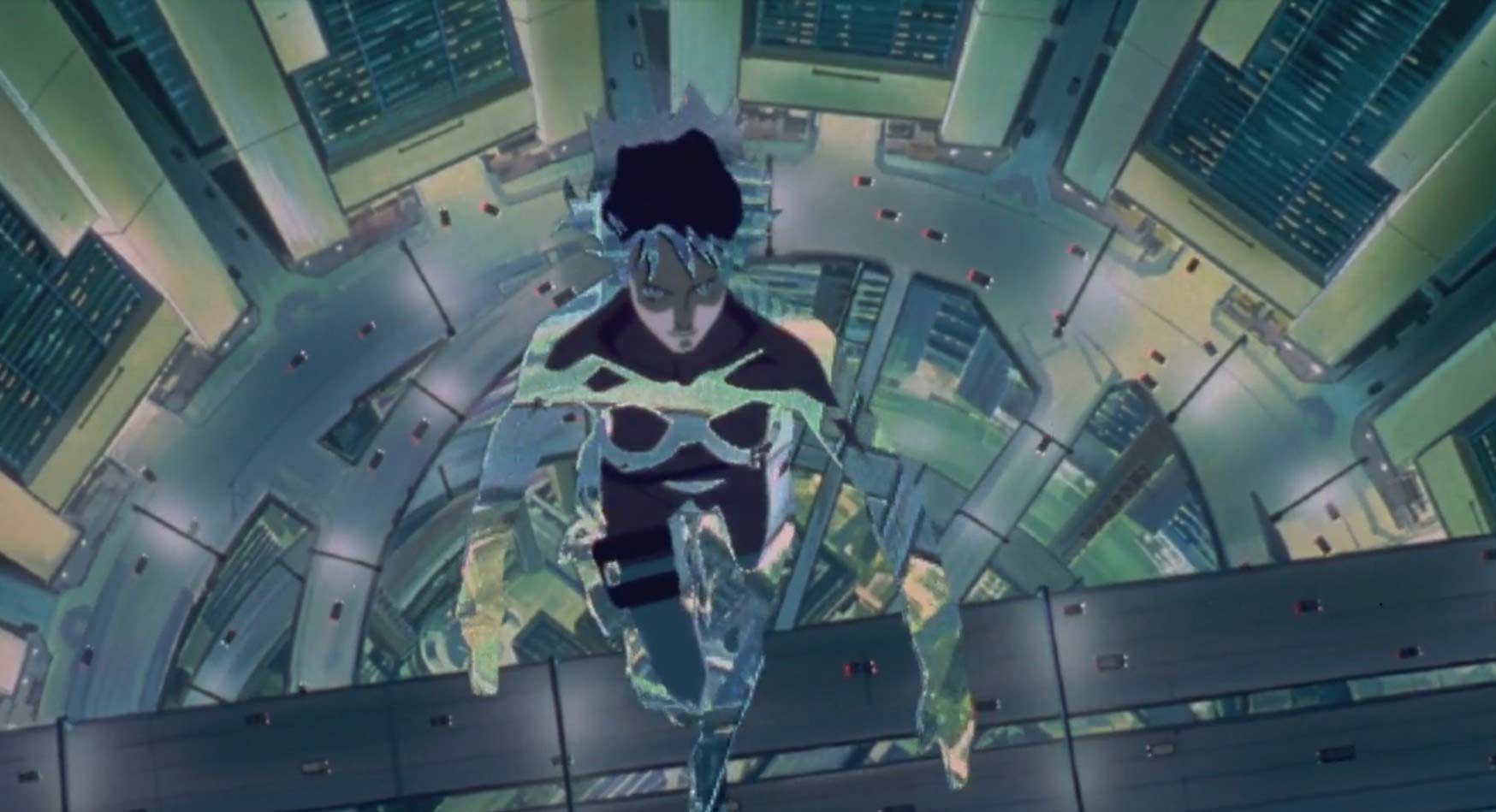Shells, Ghosts and the God Left Out of the Machine: Part II – Philosophy & Gnosticism Within Transhumanism & Mamoru Oshii’s Ghost in the Shell
Read Part I: Shells, Ghosts & The God Left Out of the Machine: A Literature Review.
Abstract
Ghost in the Shell (1995) has often been interpreted under dualistic terms; an example of cyberpunk’s perpetuation of the Cartesian separation between mind and matter. When examining the transhumanist ideology underlying the film, however, a more esoteric form of dualism emerges, indicating something significantly more interesting than a mere regurgitation of Cartesianism. In line with claims that the philosophical basis of transhumanism consists in a religious sub-structure, which critics have named a modern-day ‘techno-Gnosticism’, religious imagery and motifs are evident within the film. The claim that Gnosticism underlies transhumanism is supported by the presence of Gnostic philosophy within Ghost in the Shell and its engagement with transhumanist themes, and additionally by demonstrating that other philosophical paradigms accredited to transhumanism, and to Japanese animé in general, are insufficient for explaining the existential and spiritual anxieties the film represents.
Shells, Ghosts & The God Left Out of the Machine: Part I
The following is a literature review to support an essay on how Mamoru Oshii’s Ghost in the Shell (1995) engages with philosophical and religious themes underlying transhumanism and the cyberpunk genre.
“I teach to you the Overhuman. The human is something that shall be overcome. What have you done to overcome it?
All beings so far have created something beyond themselves: and you want to be the ebb of this great flood and even go back to the beasts rather than overcome the human?”
Nietzsche (2005, p.11)
With the rapid development of technologies such as bioengineering, nano-technology, virtual reality and artificial intelligence, radical changes to the human condition are taking place. Such changes are embraced by proponents of transhumanism (Bostrom, 2005) – sometimes interchangeable with ‘posthumanism’ (Terranova, 2001) – who encourage the utilisation of these technologies to free humanity from biological limitations (Fukuyama, 2004). Transhumanist advocates support the acceleration of human evolution by means of science and technology, free from religious creed and dogma (Terranova, op cit.).
The Superhero Through Mythology and Philosophy – How Academic Writing on Alan Moore’s Watchmen Considers Identity & Ideological Power
Richards Reynolds (1992) has described the superhero genre as a modern mythology. He discusses how the genre often reflects the socio-political ideologies of society, and offers Alan Moore’s comic series Watchmen (1986-1987) as a key text which subverts the superhero identity. In Moore’s own words, his work on Watchmen is an application of the Solve of the alchemists’ Solve et Coagula to the superhero genre; the act of taking it apart and examining it (Graydon, 2009). Moore brings superheroes into a “completely new realm” (Kavanagh, 2000) by placing them into the real world and giving them “sexual neuroses, bad breath and anxiety disorders” (Leith, 2010). This creates grounds for rich reflection on the intersection between superheroes and real-world issues of identity and ideological power. The following will be a discussion and evaluation of the relevant literature around identity and ideology in Watchmen.



